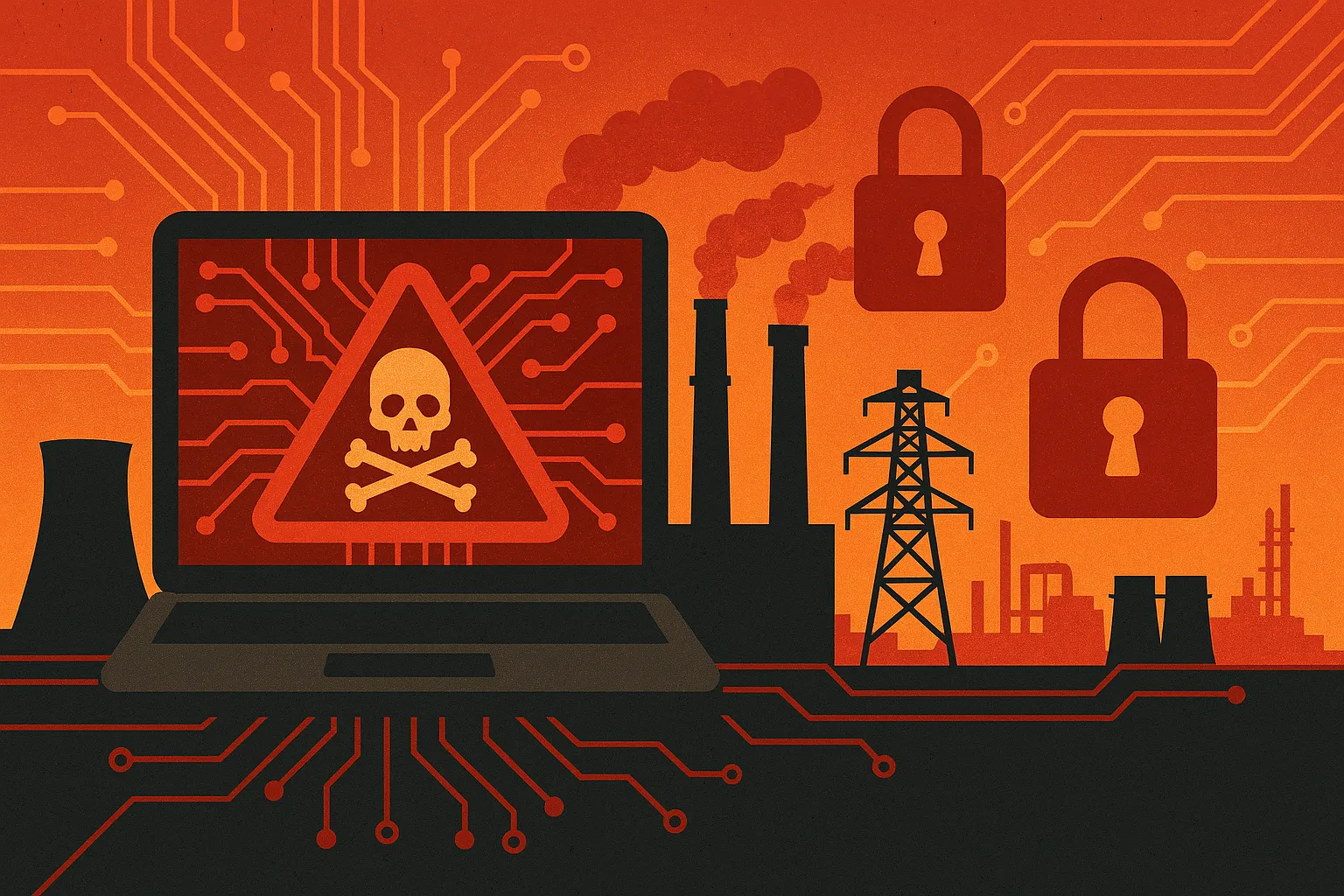Critical Infrastructure Ransomware Attacks: A Rising Threat
In a recent alarming development, the Critical Infrastructure Ransomware Attacks (CIRA) database has tracked an astonishing 2,000 ransomware attacks affecting critical infrastructure sectors globally. This information, highlighted in an article on PacketStorm News, underscores a grave cybersecurity challenge that nations and industries worldwide face today.
Understanding the Impact
Ransomware attacks, which involve cybercriminals encrypting files and demanding payment in exchange for decryption keys, have evolved from minor nuisances targeting individual systems to major threats against national security, healthcare, and financial sectors. The escalation in the number of these attacks on critical infrastructures is particularly concerning because it not only disrupts services but also threatens lives and economic stability.
Technical Insights
The sophisticated nature of these attacks often involves exploiting vulnerabilities in software and networks, phishing campaigns, or even insider threats. Protection against such attacks requires a multi-layered approach encompassing up-to-date firewalls, intrusion detection systems, data encryption, and regular security audits. Organizations should also implement robust incident response plans and conduct regular training sessions for their employees to recognize and mitigate phishing attempts.
Global Response and Strategies
Governments and organizations must collaborate to enhance their defensive strategies against ransomware. This includes sharing intelligence, improving legislative frameworks, and fostering a culture of cybersecurity awareness. International cooperation is crucial, as cyber threats do not recognize borders, making global coordination essential in combating these attacks.
Conclusion
The increasing number of ransomware attacks on critical infrastructure is a serious concern that requires immediate and coordinated action. By understanding the scope and mechanisms of these threats, reinforcing defensive measures, and fostering international cooperation, we can mitigate the risks and secure our critical systems for the future.
For more in-depth analysis and up-to-date news on cybersecurity, keep an eye on trusted sources like PacketStorm News.

